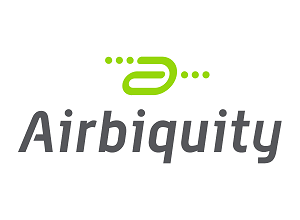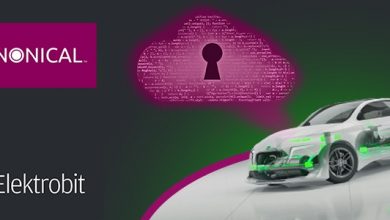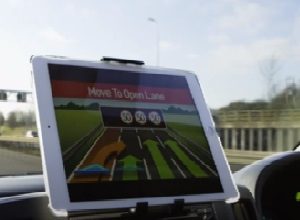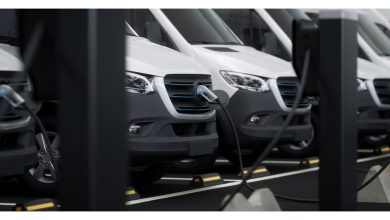In-car parking information ranked as the most valuable connected car feature by drivers globally
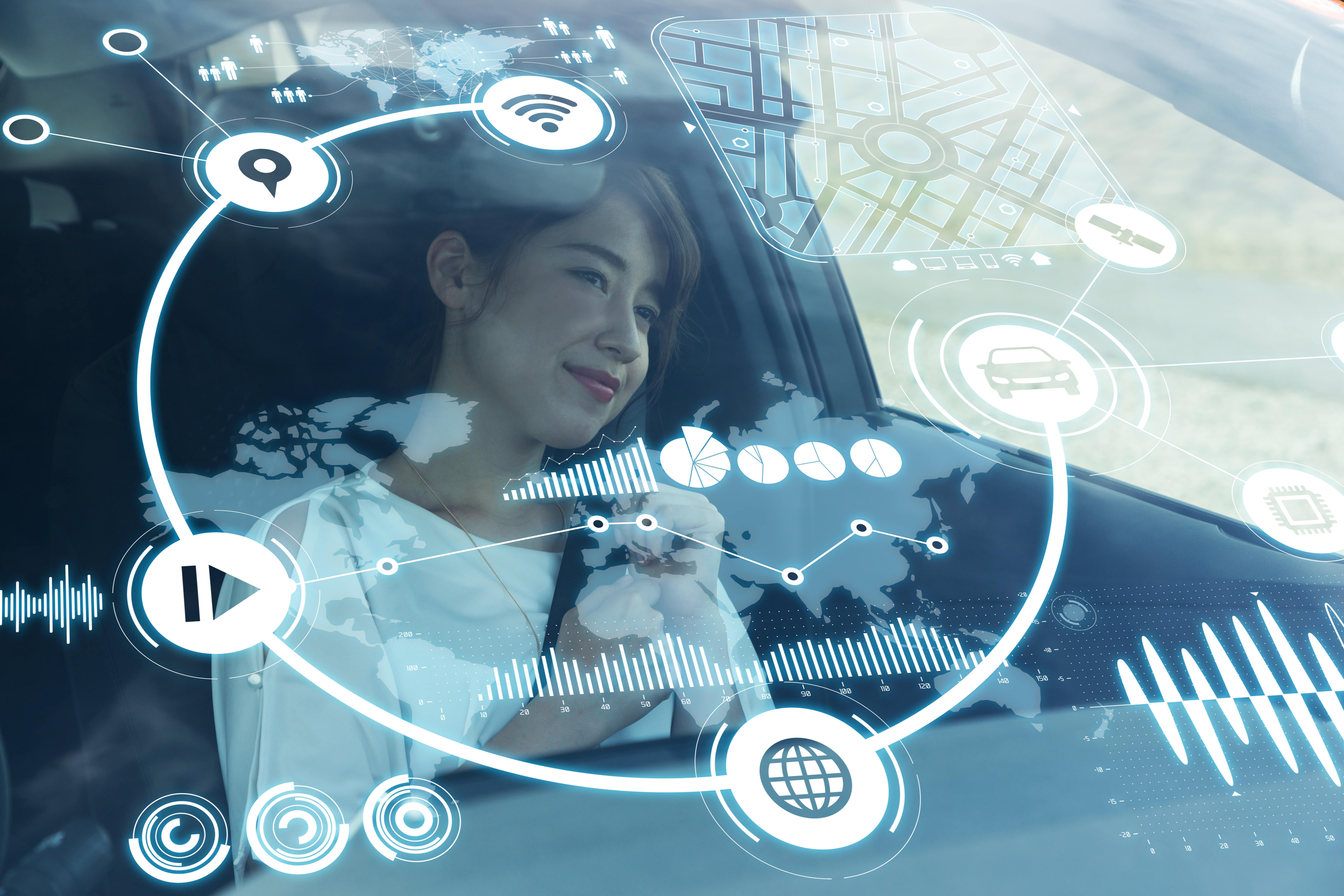
Determining parking space availability near destinations is now the top requested in-car connected service for drivers around the world, according to the latest Connected Features Interest Survey Report carried out by TechInsights. The report assessed 28 connected features, with 4,990 drivers in the USA, UK, Germany, France, Italy and China asked to rank their interest in each service to gauge demand.
Driving-related functionality, such as assessing the availability of parking spaces near a destination, traffic alerts and being able to pay for parking, fuel and tolls from the car are amongst the most desirable features globally. In-car parking information was ranked the most valuable feature cited by Chinese drivers, with European motorists classing it as their second priority, only 1% behind the top-rated choice, and American respondents placed it at 67%, just 3% behind their top priority, traffic information.
Drivers in Western Europe and China are increasingly concerned about whether they will be able to find parking at their destination. Additionally, those with larger vehicles have a higher preference to reserve spaces at their destination. The survey results show drivers’ increasing expectation for parking to be seamlessly integrated into the in-car navigation process.
Meanwhile, the survey data highlights how in-car payments have gone from being predominantly used by early adopters, to a highly desirable function, with a probability of choice for 56% of global respondents and ranking just 12% behind the top global priority. The rising demand for in-vehicle payments covers services such as parking, fuel, tolls and food across all age groups and technology engagement levels. The results show drivers gaining increased confidence using these services due to the reduction in perceived complexity and valuing the heightened convenience and removal of physical contact required.
This survey shows that it’s not just early adopters who want this type of technology in their cars; having in-car connected services that help with finding a parking space was not only the top priority for late adopters in Europe but also for the youngest drivers aged 18-24 years old.
Parking space information ranked similarly high in the USA, with 18-24 year-olds and 35-44 year-olds citing it as their top priority – notably 6 places above alerts such as traffic for younger drivers. This shows the younger generation looking to avoid receiving streams of alerts during journeys and preferring to be automatically rerouted to their destination with parking successfully at their destination cited as their most significant concern.
Figures from China show that the ability to make in-car payments has changed from being a “nice-to-have” to a “highly desirable” established feature for many young drivers – with double-digit year-on-year growth expected in this market from 2022 to 2030 – recognising that motorists have an increased level of trust in making payments from their vehicles and a desire for maximum convenience and a seamless user experience.
The survey also highlights how fashionable new features such as in-car games, email or social media integrations and calendar management, which are now available in an increasing range of cars, are typically seen as far less desirable than those that are journey-related.
Commenting on the survey results, Duncan Licence, Chief Product Officer at Parkopedia, said: “As our roads get busier and drivers’ lives become more hectic, we are not surprised to see demand for journey-related connected features that make driving safer and more convenient, continuing to rise.
However, the challenge now for OEMs is to prioritise the most in-demand services and provide a holistic driving experience with the seamless integration of navigation and parking services to take the stress out of their drivers’ journeys. This latest survey shows that many automakers are still lagging behind their customers’ expectations when it comes to delivering the right services, with select OEMs electing to withhold certain connected car features as a cost-saving. However, the data and feedback globally shows that many drivers are likely to avoid certain vehicles or brands if their data, mapping and in-car payment services do not meet today’s expectations.”

